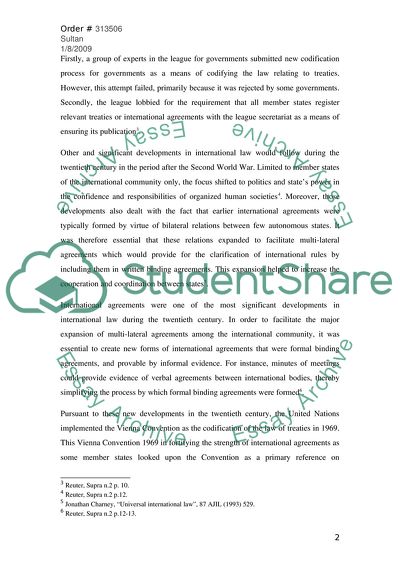Cite this document
(The Sphere of International Agreements Research Paper, n.d.)
The Sphere of International Agreements Research Paper. Retrieved from https://studentshare.org/law/1726217-the-binding-nature-of-international-agreements
The Sphere of International Agreements Research Paper. Retrieved from https://studentshare.org/law/1726217-the-binding-nature-of-international-agreements
(The Sphere of International Agreements Research Paper)
The Sphere of International Agreements Research Paper. https://studentshare.org/law/1726217-the-binding-nature-of-international-agreements.
The Sphere of International Agreements Research Paper. https://studentshare.org/law/1726217-the-binding-nature-of-international-agreements.
“The Sphere of International Agreements Research Paper”, n.d. https://studentshare.org/law/1726217-the-binding-nature-of-international-agreements.


